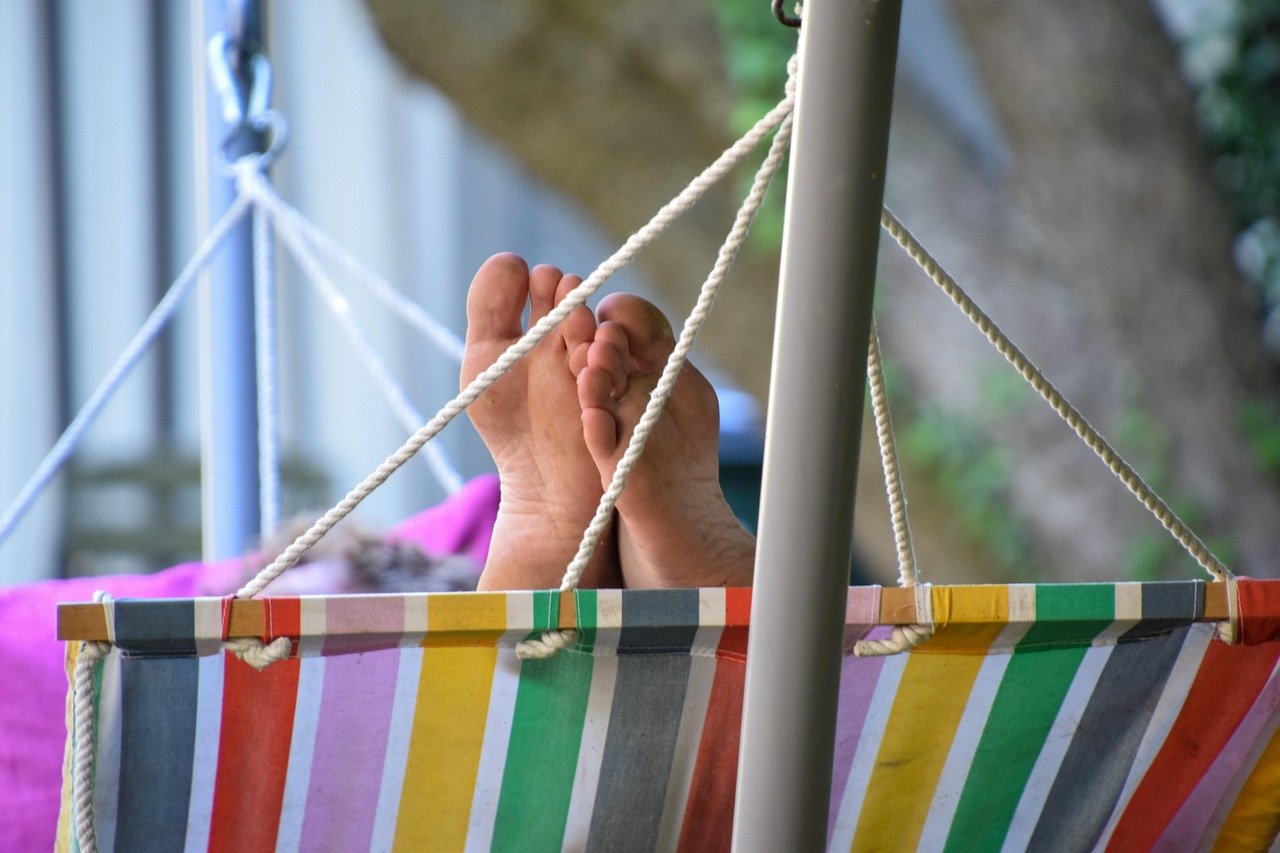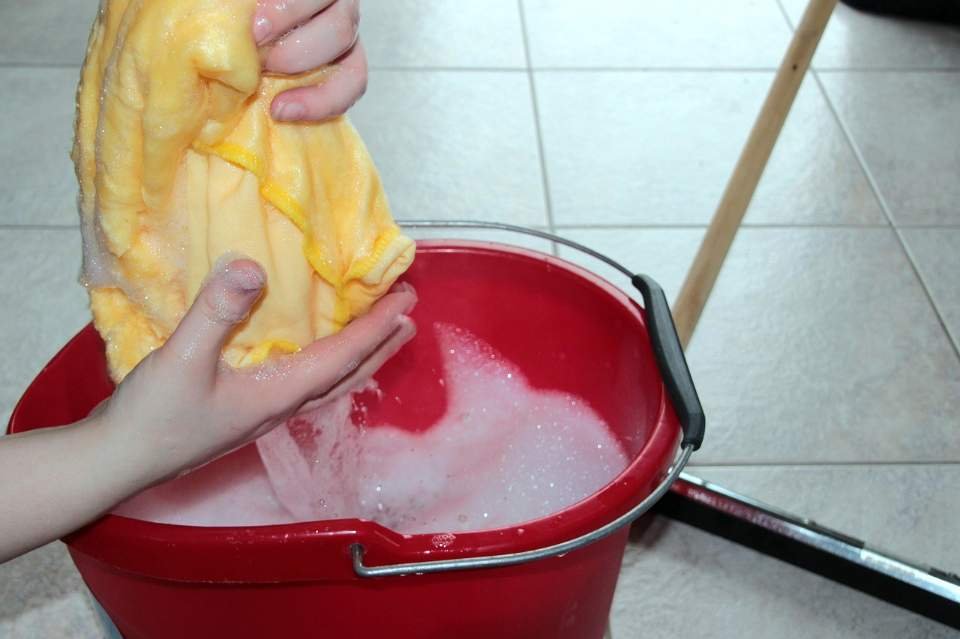Ever gone to relax in your favorite backyard hammock, only to find it looking like it’s been dragged through a swamp? Yeah, same. Mold and mildew seem to love hammocks almost as much as we do—and they’re not exactly the kind of guests you want hanging around.
I learned this the hard way after leaving my hammock out “just one more night”… for three weeks straight 🙃. Spoiler: Mother Nature doesn’t forgive laziness.
Let’s get straight to it. If your hammock smells like an old basement or looks like a science experiment, it’s time to clean it—properly. I’ll walk you through exactly how to get mold out of a hammock (and keep it from coming back).
Why Mold Loves Your Hammock (More Than You Do)
Before we attack the mess, let’s talk about why this happens in the first place.
Hammocks + Moisture = Perfect Mold Party
- Mold thrives in damp, humid conditions.
- Natural materials (like cotton or canvas) absorb water like a sponge.
- Even synthetic hammocks can trap moisture in their folds or weaves.
- Toss in some shade or poor air circulation, and boom—instant mold motel.
Lesson? Leaving your hammock outside all the time is basically sending mold an engraved invitation.
1. Check the Label First (Yeah, Seriously)
I know—no one reads labels. But some hammocks can go in the washing machine, and others definitely can’t. Trying to clean a delicate or spreader-bar hammock like a beach towel is a great way to ruin it.
Look for these clues:
- Material type (cotton, polyester, nylon, etc.)
- Washing instructions (hand wash, machine wash, air dry only)
- Warnings about bleach or harsh chemicals
If your hammock’s label is long gone: assume hand-washing is the safer bet.
2. Shake, Brush, and Curse Under Your Breath
Let’s prep this thing.
Start by:
- Shaking the hammock out to get rid of loose debris (leaves, dirt, bug carcasses, your dignity, etc.)
- Scrubbing dry mold patches gently with a soft-bristle brush
- Doing all this outside, unless you want mold spores flying around your house
Don’t skip this step—it makes everything else work better.
3. Soak It Like It’s Been Bad (Because It Has)
Now we get to the actual cleaning part.
Classic Cleaning Soak
You’ll need:
- A bathtub, kiddie pool, or big plastic bin
- Warm water
- Mild detergent (dish soap or a gentle laundry soap)
- A splash of white vinegar (nature’s non-toxic mold slayer)
Mix it up:
- Fill the tub or bin with warm water
- Add about 1/4 cup vinegar per gallon of water
- Stir in a bit of detergent
Drop the hammock in and let it soak for 30 to 60 minutes. Let the vinegar do its thing—it kills mold spores without wrecking your fabric.
4. Scrub Like You Mean It
After soaking, it’s time to give it a little elbow grease.
Use:
- A soft-bristled brush
- Old toothbrush for corners, seams, or ropes
- A sponge if you’re dealing with delicate fabric
Focus on:
- Visible mold or mildew stains
- Ropes and loops (mold loves those hidden spots)
Pro tip: Rinse and re-soak if any spots are super stubborn. Sometimes mold needs a second warning.
5. Rinse It Like You’re Baptizing It
Seriously, don’t skimp here. Any leftover soap or vinegar can irritate your skin later—and mold will come back faster than a bad ex.
Options:
- Hose it down in the yard
- Dump out the soapy water and rinse in fresh clean water
- Refill the tub and slosh it around like a medieval laundry session
When the water runs clear and doesn’t smell like vinegar or mold, you’re good.
6. Dry It Like It Owes You Money
This is the most important step.
Mold doesn’t die—it hibernates. So if your hammock is even slightly damp when you put it away? You’re basically asking for round two.
How to dry it right:
- Hang it in full sun—UV light helps kill remaining spores
- Spread it out fully so every part gets air
- Avoid folding, stacking, or cramming it on a hook while drying
FYI: Drying it indoors is a bad idea unless you’ve got a massive sunny room and zero humidity. Mold doesn’t play fair.
7. Try These Mold Prevention Hacks (So You Never Have to Do This Again)
Let’s be honest—this is annoying. Worth it? Absolutely. But you’d rather not do it every other month.
So here’s how to keep mold from coming back:
- Store your hammock indoors when not in use
- Use a hammock cover if you absolutely must leave it outside
- Toss in some silica gel packs or cedar blocks when storing long-term
- Make sure it’s bone-dry before putting it away
- Avoid shady, damp places like basements or sheds with no airflow
Bonus tip: Sprinkle baking soda in the storage bag. It helps absorb moisture and odors.
What If It Still Smells Weird?
Mold is sometimes sneaky. Even after cleaning, a hammock might still smell like an old towel from gym class.
Try this:
- Do a second vinegar soak
- Air-dry it in direct sunlight for a full day
- Spray it lightly with a mixture of water and essential oils (like tea tree or lavender)
Still stinks? Might be time to consider a new hammock. I know. But hey—now you’ve got an excuse to upgrade 🙂
Machine-Washable Hammocks: Lucky You
If your hammock is machine washable, do a happy dance.
Here’s how to wash it right:
- Put it in a laundry bag or pillowcase to protect ropes and hardware
- Use a gentle cycle with cold or warm water
- Add vinegar instead of fabric softener (which can trap moisture)
- Air dry completely in the sun—no dryers allowed
Note: Don’t mix it with regular laundry unless you want mold spores all over your socks. Just saying.
Hammock Types: Do They Matter? Yup.
Not all hammocks clean the same. Some are divas. Here’s what to watch for:
Cotton or Canvas:
- Absorb moisture like crazy
- Need extra time to dry
- More prone to mold
Nylon or Polyester:
- More mold-resistant (yay)
- Clean up easier
- Dry faster
Rope Hammocks:
- Mold hides in the twists
- Takes forever to dry
- Need thorough brushing
So yeah, your hammock’s personality kinda matters.
A Few Moldy Myths to Ignore
Let’s clear a few things up:
- Myth: “Just bleach it!”
Nope. Bleach damages fabric and doesn’t always kill mold at the root. - Myth: “Sunlight kills everything.”
Mostly true, but sunlight alone won’t remove stains or spores embedded deep in the fibers. - Myth: “Dry cleaning is better.”
Not unless your hammock has a bowtie and a dinner reservation. Most aren’t dry-clean safe.
Final Thoughts (and Your Official Anti-Mold Motto)
Clean it. Dry it. Store it. Repeat.
Getting mold out of your hammock isn’t hard—but it’s definitely annoying. Still, a little effort now means more backyard naps later. And let’s be honest: lying in a freshly cleaned hammock just hits different 😌.
Next time it rains? Maybe, just maybe, bring your hammock inside. Or don’t. But don’t say I didn’t warn you 😏.
Got your own weird mold story or hammock-cleaning hack? Drop it in the comments or tag me in your backyard setup—I want to see it!

